完整記錄二十世紀米蘭的建築風情與室內裝潢,呈現最道地的米蘭情調。卡爾(Karl Kolbitz)主編與專業的建築美學評論家佩妮(Penny Sparke)執筆撰文。攝影師Delfino Sisto Legnani,Paola pansini,Mattew billing,鼎力合作,從建築材料質地到門扉把手與樓梯扶手,獨家呈現建築局部細節,使讀者一覽無遺。
嚴選米蘭城內,超過一百四十棟建築物,時間從1920年代到1970年代。獨家曝光,不為人知的大廈入口與各式公寓大廳。網羅知名建築家作品,如路易(Luigi Caccia Dominioni)與室內設計師,回顧米蘭現代建築史的譜系。
攜手多位室內設計師與建築師,以佩妮(Penny Sparke)為首,做專業的設計史評論家,寫米蘭風情,如數家珍。華麗廊道背後的故事,說來活靈活現。米蘭建築史上的多樣性與迷人之處,映入眼簾。格局設計的巧妙與配色的和諧,看公共空間如何和私人領域整合。從裝飾雕琢的壁畫,到極簡幾何的盛行,看門廊如何創造屬於自身的美感與視覺經驗。
完整呈現現代風格轉變之美,每個場景,皆以地圖方式標示地址與建築年代。除作為一本多樣的風格聖經,更具備旅遊指南等功能性。讀者可不費吹灰之力,一飽豐富的藝術饗宴與實際尋訪。
First impressions count, especially in Milano. In this unprecedented photographic journey, editor Karl Kolbitz opens the door to 144 of the city’s most sumptuous entrance halls, captivating in their diversity and splendor. These vibrant Milanese entryways, until now hidden away behind often restrained façades, are revealed as dazzling examples of Italian modernism, mediating public and private space with vivid configurations of color and form, from floors of juxtaposed stones to murals of minimalist geometry.
The collection spans buildings from 1920 to 1970 and showcases the work of some of the city’s most illustrious architects and designers, including Giovanni Muzio, Gio Ponti, Piero Portaluppi, and Luigi Caccia Dominioni, as well as non-pedigreed architecture of equal impact and interest. The photographs for the publication were exclusively shot by Delfino Sisto Legnani, Paola Pansini, and Matthew Billings, each evoking the entryways with individual sensibility and a stylistic interplay of detail shots--such as stones, door handles, and handrails--with larger architectural views.
The images are accompanied by concise contributions from Penny Sparke, Fabrizio Ballabio, Lisa Hockemeyer, Daniel Sherer, Brian Kish, and Grazia Signori, together bringing a wealth of architecture, design, and natural stone expertise to guide the reader through the applied materials and fittings as well as the art-historical and social implications of each of the ingressi. As much an architectural city guide as an aesthetic study, the book provides the exact address and an annotated Milan map for all featured entryways, as well as the architect name and date of construction.
In the well-documented realm of 20th-century Italian design, Kolbitz has stepped over the threshold and delivered a brand new area of inquiry in Milanese modernism. With the rigor of its multifaceted research, poised photography, and breadth of its featured hallways, this is an invigorating new reference work and an inside look at the city’s design DNA across high to low architecture.



 天天爆殺
天天爆殺  今日66折
今日66折 
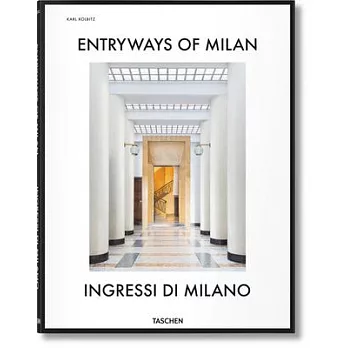
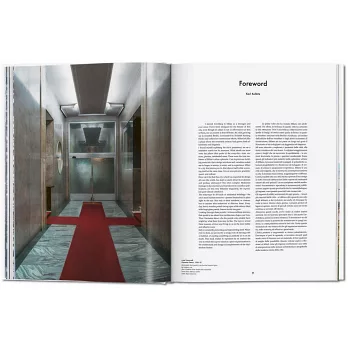
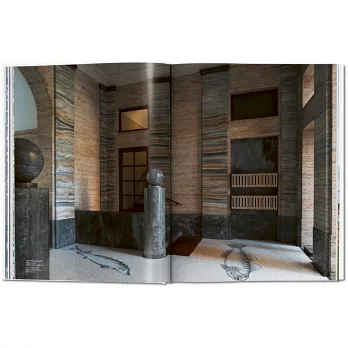
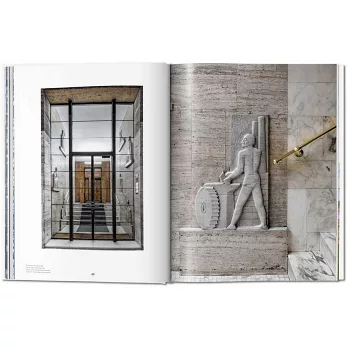
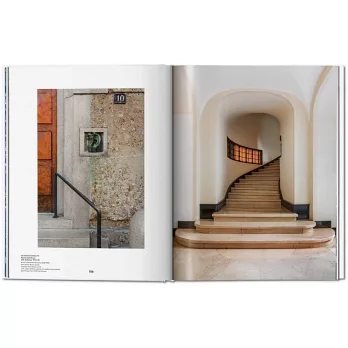
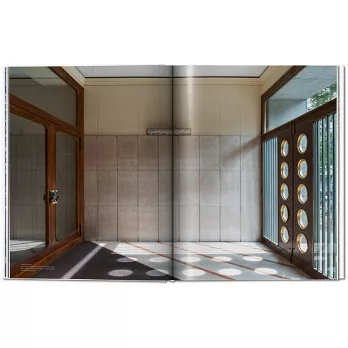
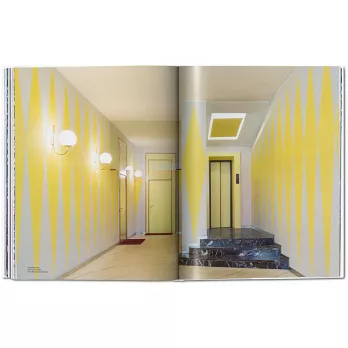
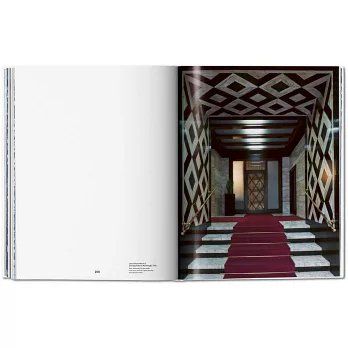







































































![[第二批到貨]Nintendo Switch 2主機包含《瑪利歐賽車世界》盒裝版 [台灣公司貨]](http://im2.book.com.tw/image/getImage?i=https://www.books.com.tw/img/N00/181/72/N001817213.jpg&v=68072b50k&w=210&h=210)

![[星巴克]不鏽鋼杯 JOE KIND SNOOPY](http://im2.book.com.tw/image/getImage?i=https://www.books.com.tw/img/N00/179/23/N001792397.jpg&v=67dff202k&w=210&h=210)
![[星巴克]隔熱套JOE KIND SNOOPY](http://im2.book.com.tw/image/getImage?i=https://www.books.com.tw/img/N00/179/24/N001792405.jpg&v=67dfedc9k&w=210&h=210)
![[星巴克]PEANUTS友誼馬克杯](http://im1.book.com.tw/image/getImage?i=https://www.books.com.tw/img/N00/179/23/N001792390.jpg&v=67dffdf8k&w=210&h=210)




![[第二批]任天堂《主機》Nintendo Switch 2 主機 / 淺藍&淺紅手把 +《瑪利歐賽車 世界》主機組合 ⚘ Nintendo Switch ⚘ 台灣公司貨](http://im1.book.com.tw/image/getImage?i=https://www.books.com.tw/img/N00/182/38/N001823838.jpg&v=681dae90k&w=210&h=210)


![(4/10開)Nintendo Switch 2主機包含《瑪利歐賽車世界》盒裝版 [台灣公司貨]](http://im1.book.com.tw/image/getImage?i=https://www.books.com.tw/img/N00/181/32/N001813288.jpg&v=67fdd34ak&w=210&h=210)



![[首批]任天堂《主機》Nintendo Switch 2 主機 / 淺藍色&淺紅色手把 +《瑪利歐賽車 世界》主機組合 ⚘ Nintendo Switch ⚘ 台灣公司貨](http://im1.book.com.tw/image/getImage?i=https://www.books.com.tw/img/N00/181/50/N001815014.jpg&v=680096f9k&w=210&h=210)


![[星巴克]夏日miffy沁爽禮盒(含運)](http://im1.book.com.tw/image/getImage?i=https://www.books.com.tw/img/N01/404/69/N014046902.jpg&v=680f1e4dk&w=210&h=210)

![[Days of Play]PS5 DualSense Edge 無線控制器 午夜黑 [台灣公司貨]](http://im2.book.com.tw/image/getImage?i=https://www.books.com.tw/img/N00/182/99/N001829941.jpg&v=68341ab5k&w=210&h=210)
![DualSense無線控制器 –《Death Stranding 2: On the Beach》限量版 [台灣公司貨]](http://im2.book.com.tw/image/getImage?i=https://www.books.com.tw/img/N00/182/79/N001827903.jpg&v=682d6b9ak&w=210&h=210)

![[Days of Play]PS5 DualSense 無線控制器 [台灣公司貨] 鈷藍色](http://im1.book.com.tw/image/getImage?i=https://www.books.com.tw/img/N00/169/77/N001697732.jpg&v=68351a3bk&w=210&h=210)

![[星巴克]PEANUTS友愛TOGO冷水杯](http://im1.book.com.tw/image/getImage?i=https://www.books.com.tw/img/N00/179/23/N001792392.jpg&v=67dffb2ck&w=210&h=210)

![[星巴克]PEANUTS友愛冷水壺](http://im1.book.com.tw/image/getImage?i=https://www.books.com.tw/img/N00/179/23/N001792394.jpg&v=67dff7a5k&w=210&h=210)

![[星巴克]PEANUTS友誼不鏽鋼TOGO冷水杯](http://im2.book.com.tw/image/getImage?i=https://www.books.com.tw/img/N00/179/23/N001792395.jpg&v=67dff6efk&w=210&h=210)
![[Days of Play]PS5 DualSense Edge 無線控制器 [台灣公司貨]](http://im2.book.com.tw/image/getImage?i=https://www.books.com.tw/img/N00/182/99/N001829939.jpg&v=68341a01k&w=210&h=210)

![[Days of Play]PlayStation®5 PRO 數位版主機(CFI─7022B01)[台灣公司貨]](http://im2.book.com.tw/image/getImage?i=https://www.books.com.tw/img/N00/182/98/N001829847.jpg&v=6833e4c7k&w=210&h=210)
![(4/10開)Nintendo Switch 2主機 [台灣公司貨]](http://im2.book.com.tw/image/getImage?i=https://www.books.com.tw/img/N00/181/32/N001813289.jpg&v=67fdd34ak&w=210&h=210)
![[星巴克]PEANUTS友情冷水壺](http://im2.book.com.tw/image/getImage?i=https://www.books.com.tw/img/N00/179/23/N001792393.jpg&v=67dff861k&w=210&h=210)
![PlayStation Portal遙控遊玩機 午夜黑[台灣公司貨]](http://im1.book.com.tw/image/getImage?i=https://www.books.com.tw/img/N00/179/23/N001792384.jpg&v=67a31700k&w=210&h=210)




![[Days of Play]PS5《漫威蜘蛛人 2》中文普通版[台灣公司貨]](http://im1.book.com.tw/image/getImage?i=https://www.books.com.tw/img/N00/169/77/N001697752.jpg&v=68341d8bk&w=210&h=210)
![[星巴克]miffy絎縫托特包](http://im2.book.com.tw/image/getImage?i=https://www.books.com.tw/img/N00/181/46/N001814679.jpg&v=6810d55ck&w=210&h=210)
![[星巴克]miffy帆布手提袋](http://im1.book.com.tw/image/getImage?i=https://www.books.com.tw/img/N00/181/46/N001814678.jpg&v=6810d3f5k&w=210&h=210)


















 博客來
博客來 博客來
博客來 博客來
博客來 博客來
博客來 博客來
博客來